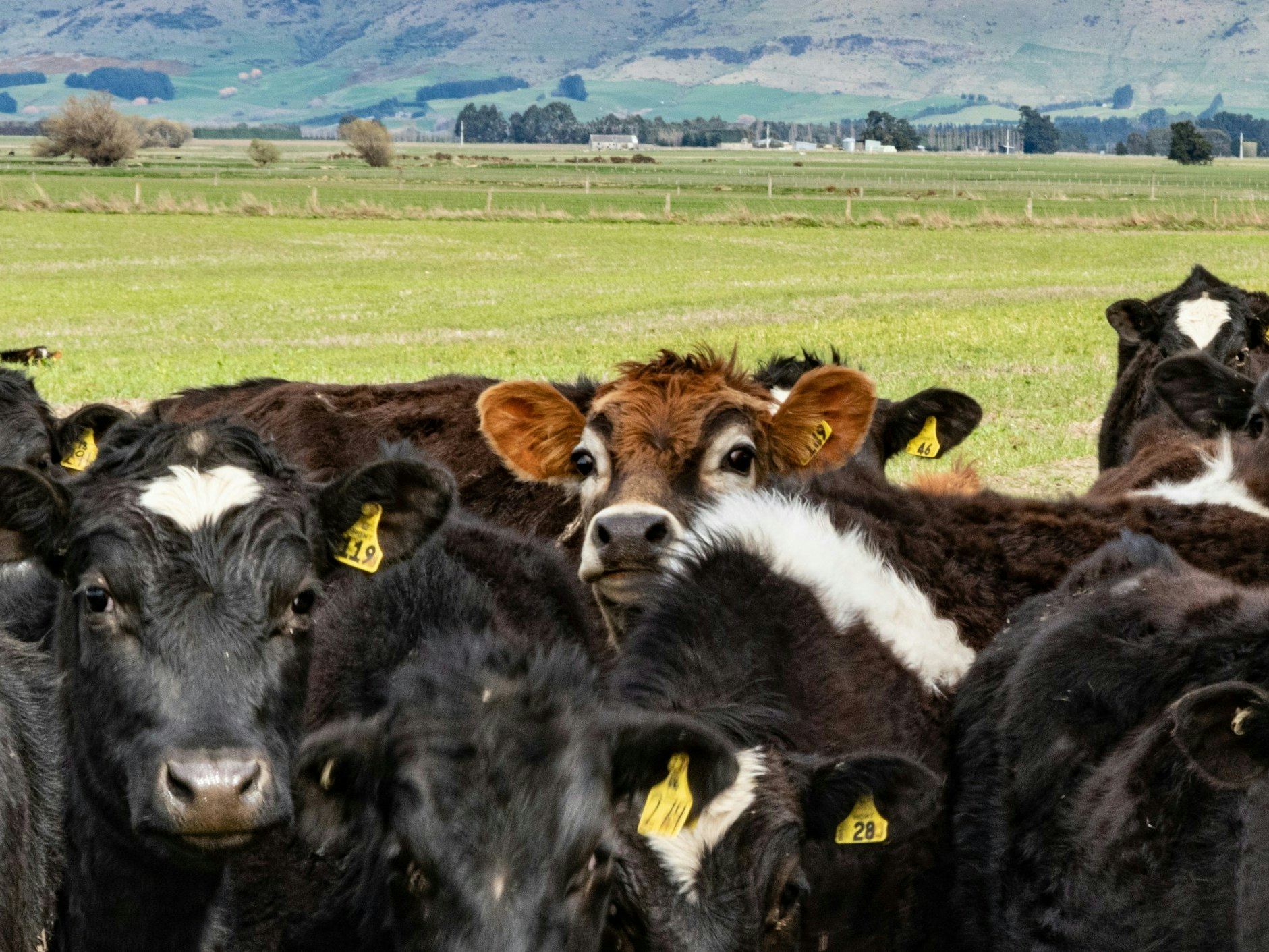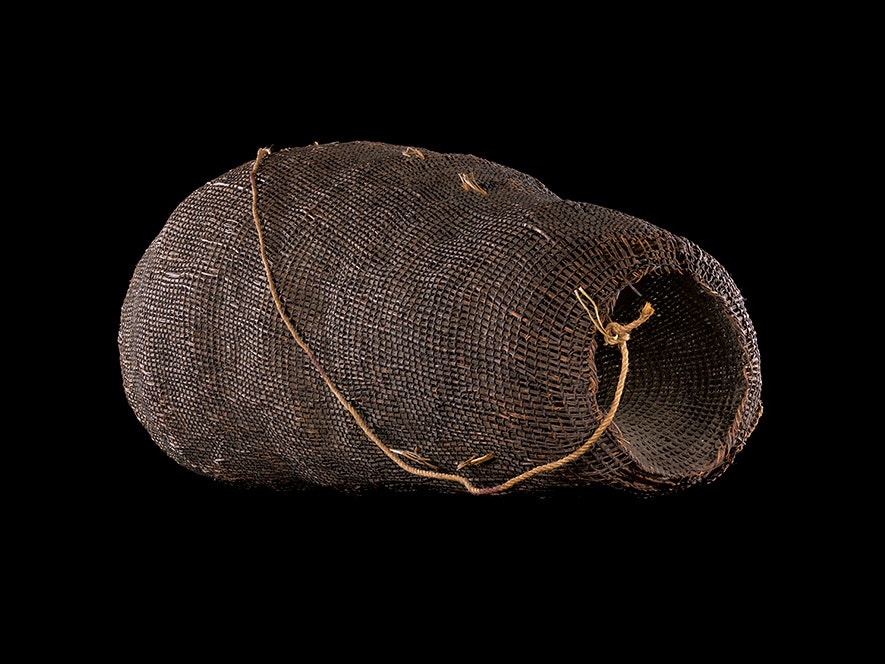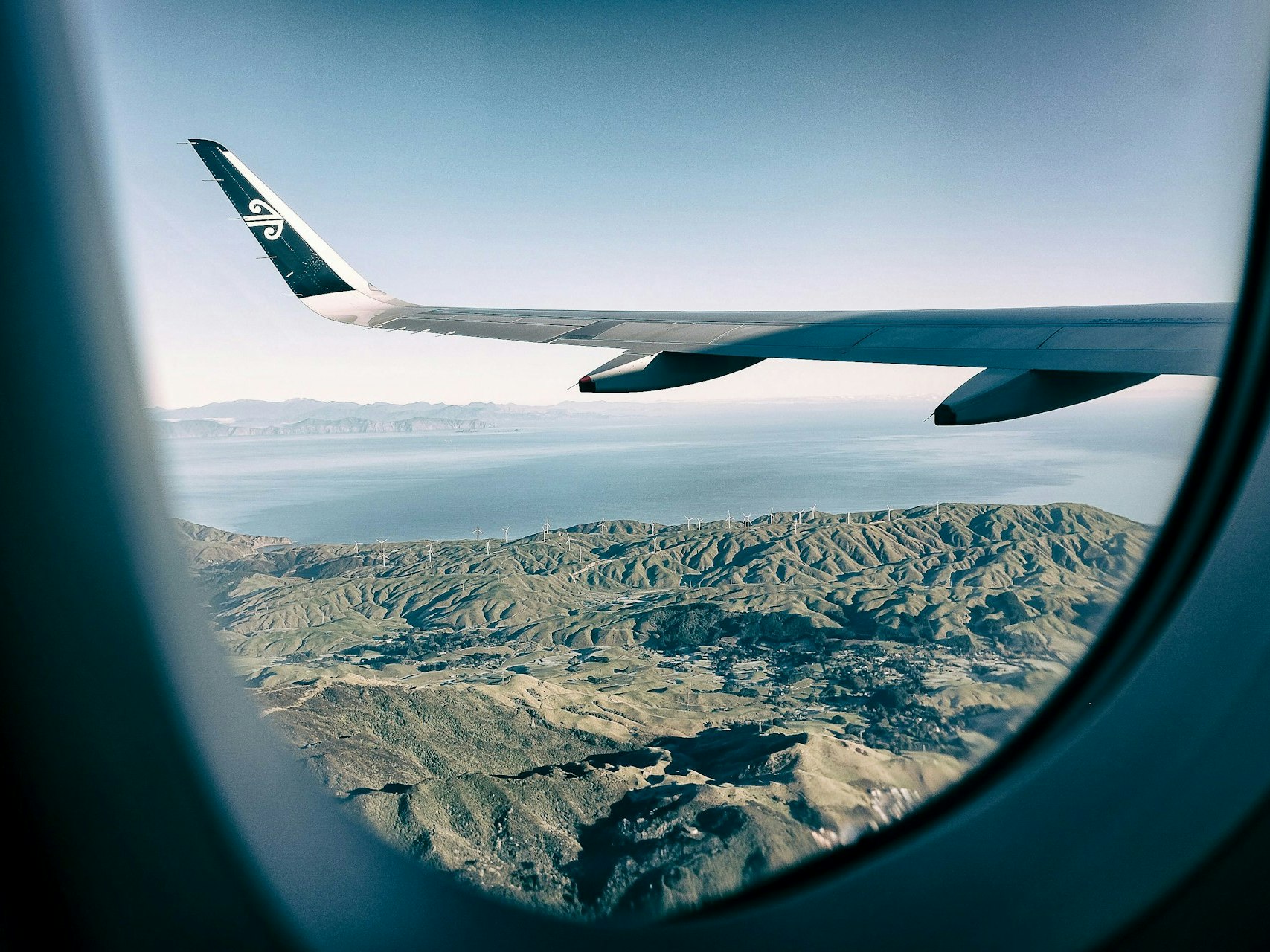
Activity B: What was, what is, and what could be
The health of te taiao reflects the values we hold.
Free museum entry for New Zealanders and people living in New Zealand
Open every day 10am-6pm
(except Christmas Day)
Free museum entry for New Zealanders and people living in New Zealand
Consider the impact of colonisation upon ecosystems of Aotearoa.
|
He pitopito kōrero Over the course of time, people have changed and been changed by the environment of Aotearoa. Colonisation brought to Aotearoa the idea that the environment can be exploited as a resource. Settlers saw land as something that could be parcelled up as property – something that could be owned, bought and sold. This resulted in the widespread dispossession of whenua from hapū and iwi by Crown and settlers. This seriously disrupted the intergenerational relationship that tangata whenua were practicing with whenua. Mauri, (a concept often described as lifeforce), has been diminished across te taiao in Aotearoa; because of the impact of colonisation on tangata whenua and the ecosystem. A decline in mauri, manifests in decline, endangerment and eventual extinction of species. When mauri is damaged, it’s restoration requires the recognition of much wider cosmic connections than what is considered in Western science. The impact of seeing ourselves as separate to nature, can be seen all around us in biodiversity loss and environmental degradation. The climate crisis could be seen as the natural born grandchild of this great forgetting, which we see the world over. The place-based histories of where we live are compelling points from which we can understand not only the environmental history but also the part we play in the future. |
Landscape with settlers, circa 1857, by Messenger sisters. Purchased 1999 with New Zealand Lottery Grants Board funds. Te Papa (1999-0003-1)
‘Landscape with settlers’ by the Messenger sisters in 1857, captures vividly the impact that settler families had on te taiao in Taranaki. Study the painting carefully by zooming in on the details on Te Papa Collections Online. In what ways do you think the arrival of settlers impacted on the land?
The father of the artists was William Bazire Messenger who invaded Parihaka and commanded the military redoubt at Pukearuhe in Northern Taranaki for many years. What does this extra layer of information provide for your understanding of this painting? What other symbols could be added to reflect the broader impact of colonisation on the region of Taranaki?
Brainstorm everything that you already know about the history of the area where you live. Perhaps draw a timeline on the wall, and place the pieces of knowledge you hold along the timeline. What and who was here 20, 50, 100, or 200 years ago? This is your prior knowledge, that you can expand through engagement with historical stories around you.
Invite a local historian to speak to the class, visit a local museum or library, or take a walking tour around the neighbourhood with a local history expert. Notice the stories that have been told, the places and events that are celebrated, the names of landmarks, and street signs. Whose experiences of life are reflected in these local histories? Whose voices from the community might be missing?
In a way that is appropriate to the relationship you have with mana whenua, discover as much as possible about the local environment and social systems in pre-colonial days. Seek to find the pūrākau to explain features of the living landscape, the history of ecosystems, the ways in which the land was engaged with in pre-colonial times, as well as the natural state of the whenua. You may be able to engage with iwi , their management plans or other documentation that reflect iwi aspirations for te taiao today. What are the connections between these contemporary hopes and the impact of colonisation?
Gather insights from both these processes and expand the information that you started with on the local history timeline.
|
Discuss: How have you found out about the story of the land on which you stand? What state does the land under your feet yearn to return to? Who from te taiao is now missing from your local world? What does the local natural world need to thrive once more? How is history communicated in local artefacts such as street names, statues, parks, and plaques? What physical taonga also reflect your local history? Whose history is told through these? What does this reflect to us? In what ways could we approach this differently? |

The health of te taiao reflects the values we hold.

Museums honouring Te Tiriti for flourishing futures.
